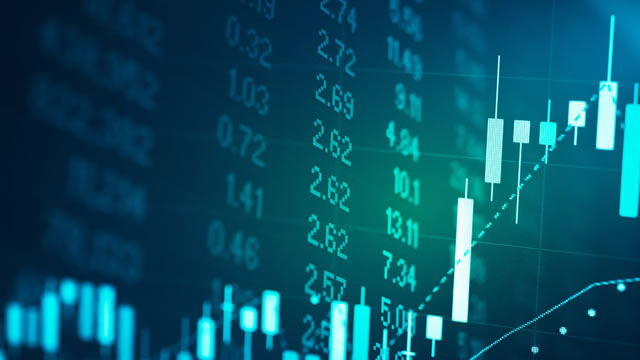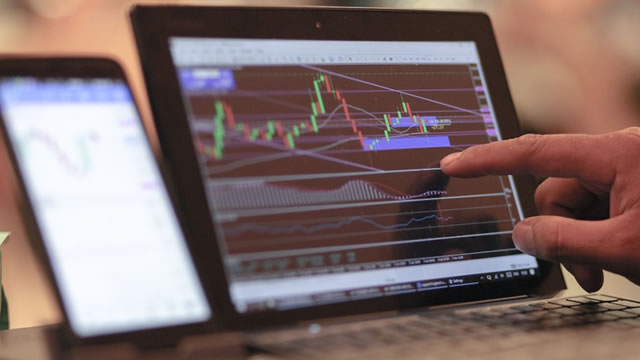Gold Prices Remain Robust Amidst Strong Dollar and Escalating Trade Wars
Gold prices have been holding firm near record highs, defying expectations of a pullback, as investors continue to seek safe-haven assets amidst growing trade war fears and a strong US dollar. The yellow metal reached an all-time high of $2,075.52 per ounce in August 2020 and has since consolidated around the $1,900 mark.
Strong Dollar
Despite the US dollar’s strength, gold has managed to maintain its value. The dollar index, which measures the greenback against a basket of six major currencies, has been on an upward trend since mid-May 2020. A strong dollar typically makes dollar-denominated gold more expensive for buyers using other currencies, which could dampen demand. However, the safe-haven appeal of gold has been strong enough to offset this factor.
Trade War Fears
The escalating trade tensions between the world’s two largest economies, the US and China, have fueled safe-haven buying of gold. The ongoing trade war has raised concerns about a global economic slowdown and increased uncertainty, leading investors to seek the safety of gold. The metal is often seen as a hedge against inflation and economic instability.
Impact on Individuals
For individuals, the rising gold prices could have both positive and negative implications. On the one hand, those who have invested in gold through exchange-traded funds, mutual funds, or physical gold could see their holdings appreciate in value. On the other hand, the higher gold prices could lead to increased costs for those who use gold in their industries or for jewelry making.
- Investors could consider adding gold to their portfolios as a hedge against inflation and economic instability.
- Those who use gold in their industries or for jewelry making could face higher costs.
Impact on the World
The rising gold prices could have far-reaching implications for the global economy. Central banks, which are major buyers of gold, could increase their purchases to diversify their reserves and maintain their currencies’ value. This could lead to a further increase in gold prices.
The higher gold prices could also impact the mining industry, particularly countries that are major gold producers. For example, South Africa, which is the world’s largest gold producer, could see its economy benefit from the higher gold prices, but it could also face challenges due to the higher production costs.
- Central banks could increase their gold purchases to diversify their reserves and maintain currency value.
- Gold-producing countries could benefit from higher prices but face production cost challenges.
Conclusion
The strong demand for safe-haven assets, coupled with the escalating trade war fears and a strong US dollar, have kept gold prices firm near record highs. While the strong dollar could make gold more expensive for buyers using other currencies, the safe-haven appeal of gold has been strong enough to offset this factor. The rising gold prices could have both positive and negative implications for individuals and the world economy, and it is essential to keep an eye on the developments in the gold market and the global economy as a whole.
As always, it is crucial to consult with a financial advisor before making any investment decisions. Gold, like any other investment, comes with risks and should be considered as part of a diversified investment portfolio.





